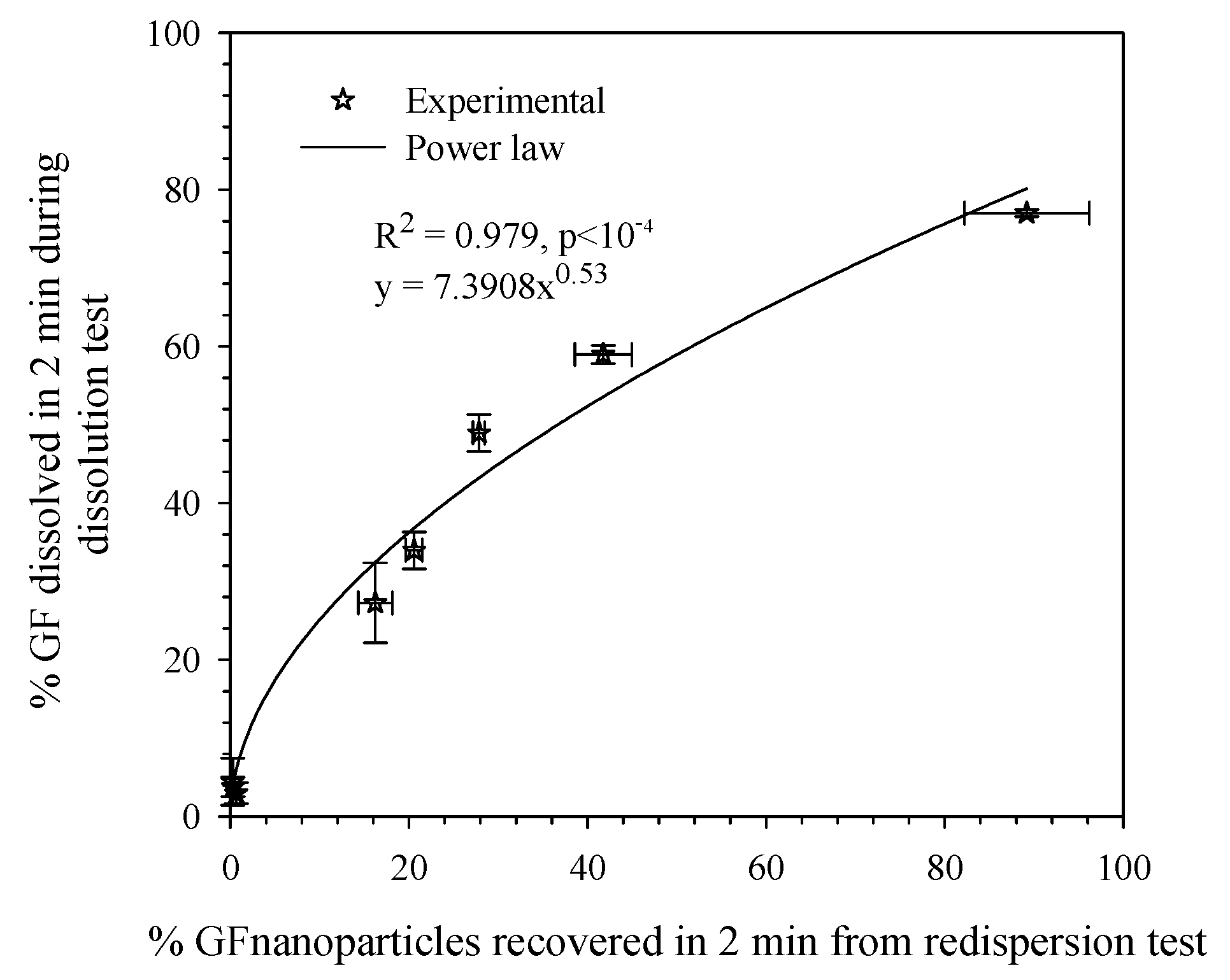Formulation Of Bcs Class 2 Drugs
Introduction The Biopharmaceutics Classification System (BCS) is a framework for classifying drug substances based upon their aqueous solubility and permeability across biological membranes (). Josh groban fan club official page. The FDA BCS guidance () provides recommendations for sponsors of investigational new drug applications (INDs), new drug applications (NDAs), abbreviated new drug applications (ANDAs), and supplements to these applications (SNDA) who wish to request a waiver of in vivo bioequivalence (BE) studies for immediate-release (IR) solid oral dosage forms.
But you just need get help from some professional iOS data managing tools. A customized ringtone? So can you make a song as ringtone on iPhone 8/X by yourself? The answer is YES. But you will soon realize that there is still no ringtone for the new songs possibly, or the ringtones out there are not the best snippet. Country songs that make good ringtones.
Methods and new emerging technologies have been developed for formulation development of BCS class II drugs. Keywords: Formulation Development, complexation, solid dispersion, BCS Class II Drugs. INTRODUCTION1,2 The BCS is a scientific framework for classifying a drug substance based on its aqueous solubility and intestinal permeability. It is a drug development tool that allows estimation of the contributions of three major factors, dissolution, solubility and intestinal permeability that affect oral absorption of drugs. BCS class II and IV drugs which have low solubility provide a number of challenges for formulation scientists working on oral delivery of drugs 3.


Formulation Of Bcs Class 2 Drug
Drug substances are classified based on their intestinal permeability (or the fraction of oral dose absorbed) and aqueous solubility at multiple pH values covering the range found in the gastrointestinal (GI) tract. The solubility class boundary is based according to Papadopoulou et al. () the highest dose strength of the drug substance in a pharmaceutical product that is dissolved in 250 ml (8 oz.) of aqueous buffer. Class I drugs have high permeability, and high solubility at all pH values between 1.0 and 7.5 (original FDA guidance from 2000), between 1.0 and 6.8 (new FDA draft guidance, May 2015) () or between 1.2 and 6.8 (European Medicines Agency (EMA) and World Health Organization (WHO) (,); such compounds are well absorbed but may have poor bioavailability (BA) due to extensive first-pass metabolism. Class II compounds have high permeability, but their solubility is below the class boundary at one or more pH values (e.g., at low pH for acids or at neutral pH for bases). The fraction absorbed may be limited by their solubility; therefore, it is not uncommon to see a wide range of extent of absorption for this class of compounds.